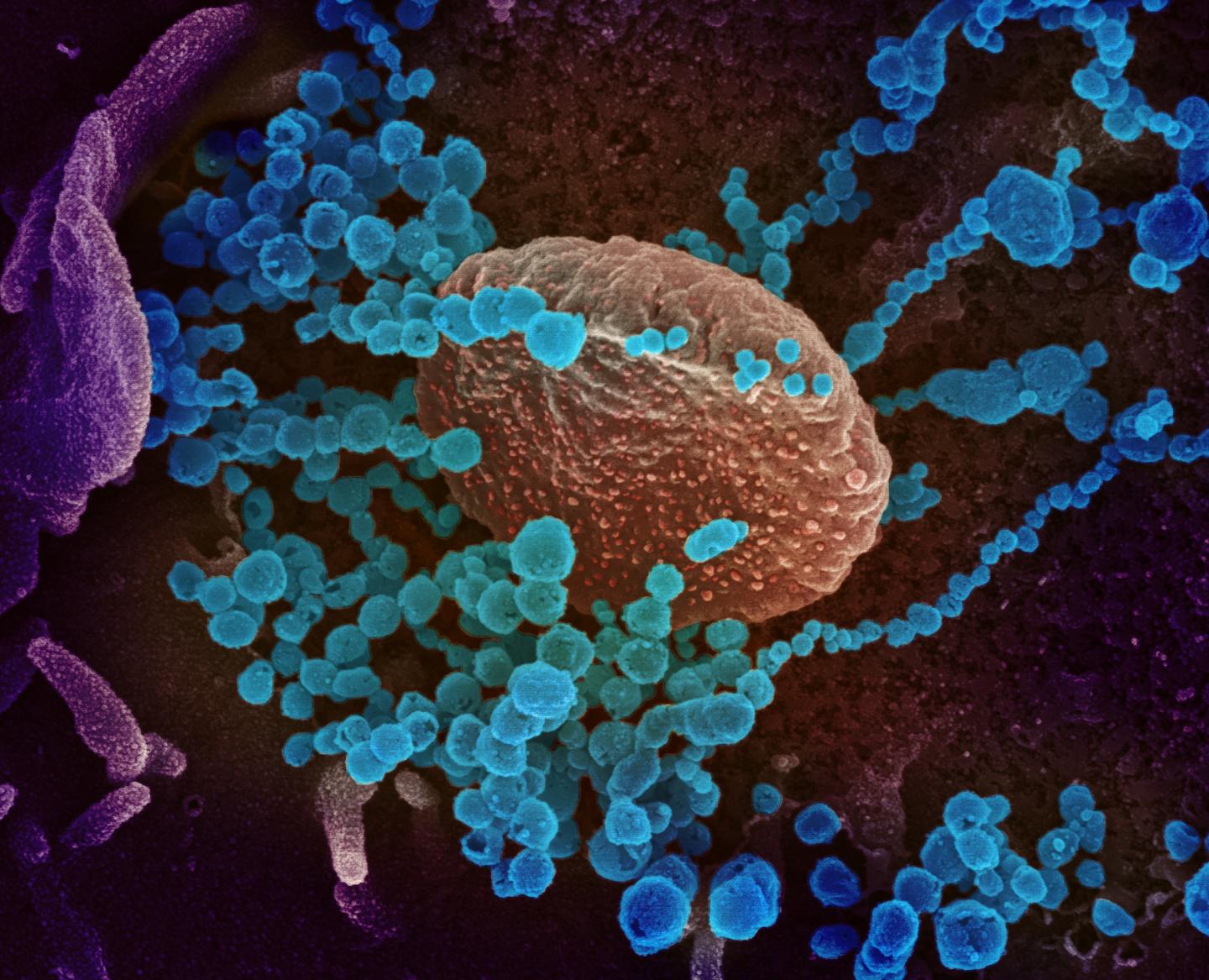Scientists find new way to fight Covid by turning part of virus against itself
Treatment must be tested in animal studies and human clinical trials before it can be deemed safe

Your support helps us to tell the story
From reproductive rights to climate change to Big Tech, The Independent is on the ground when the story is developing. Whether it's investigating the financials of Elon Musk's pro-Trump PAC or producing our latest documentary, 'The A Word', which shines a light on the American women fighting for reproductive rights, we know how important it is to parse out the facts from the messaging.
At such a critical moment in US history, we need reporters on the ground. Your donation allows us to keep sending journalists to speak to both sides of the story.
The Independent is trusted by Americans across the entire political spectrum. And unlike many other quality news outlets, we choose not to lock Americans out of our reporting and analysis with paywalls. We believe quality journalism should be available to everyone, paid for by those who can afford it.
Your support makes all the difference.A new experimental method of turning the virulence of the novel coronavirus against itself could potentially lead to novel therapeutics against Covid-19, according to a new study.
The new strategy, according to researchers led by teams from Harvard Medical School (HMS) and Boston Children’s Hospital, has shown promise in mice and in human cells in a lab dish.
It works by disrupting a critical balance in protein production within cells infected with the novel coronavirus, the study, published earlier this month in the journal PNAS noted.
When cells are infected with SARS-CoV-2, a balance is struck between allowing cells to continue to make their own life-sustaining proteins, and manipulating them into producing proteins for the virus’ replication.
Researchers said two parts of the virus contribute to this balance: one, a viral protein called Nsp1 – which reduces the cell’s ability to make any proteins – and the other, a tiny segment of viral genetic material RNA called stem loop 1.
The latter, they said, serves as an access card to get past Nsp1 and instruct the cell to make more viral proteins – access that researchers want to revoke.
In the study, scientists developed a short piece of an RNA-like molecule – called oligo – that attaches to stem loop 1 and blocks it.
By blocking the access card, scientists said they could make Nsp1 quash viral protein production.
“Once the oligo binds, stem loop 1 can’t work anymore. The virus is shut down by its own Nsp1,” study co-author Hao Wu at HMS and Boston Children’s said in a statement.
Scientists tested the experimental method in lab-cultured human cells, and in mice engineered to have human ACE2 receptor – the gateway proteins through which the novel coronavirus enters cells.
They found that cells treated with the experimental method made about one-fourth as many viruses as untreated ones, and treated mice were protected against dying from Covid-19.
While only a fifth of untreated mice survived infection, researchers said that about 60 percent of those that received the oligos recovered, with treated mice losing less weight during infection than untreated mice.
“The therapy stopped the virus from evading its own translational suppression. It inhibited viral replication,” study co-author Pietro Fontana said.
Since the virus RNA segment stem loop 1’s genetic code is unchanging across variants, researchers hypothesise that if it were to evolve a mutation that allowed it to escape the oligo, that mutation itself may compromise the virus’ ability to replicate.
“Our strategy makes the virus choose: either be killed by our oligo or evolve to become less hostile to human cells,” Setu Vora, another author of the study, said.
“This strategy of turning SARS-CoV-2’s own virulence against itself could be harnessed therapeutically,” the scientists wrote.
The experimental method must be tested further in animal studies as well as human clinical trials before it can be deemed safe and effective in people.
Join our commenting forum
Join thought-provoking conversations, follow other Independent readers and see their replies
Comments